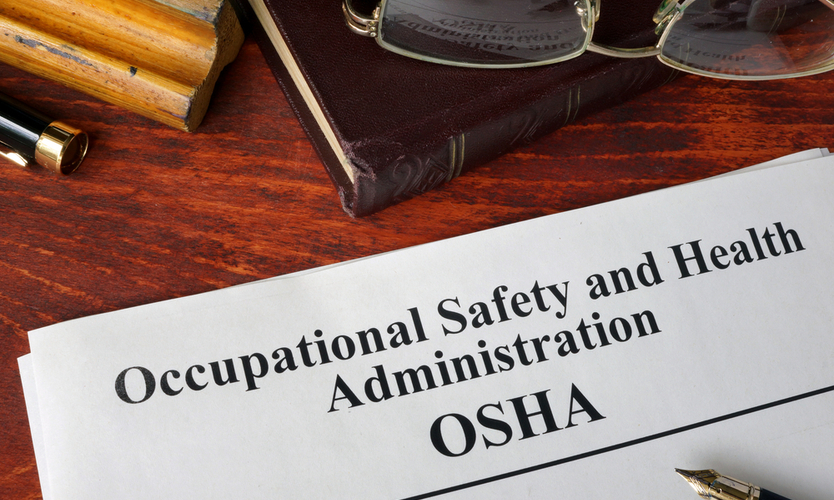CHICAGO – Insurance company leaders need to support, participate in and fund diversity programs to attract and maintain diverse workforces, a leading insurance industry diversity officer said.
Creating inclusive work environments requires investments in data analytics and a willingness to take a nuanced approach to increasing diversity, said Ivy Kusinga, Philadelphia-based senior vice president and chief culture officer at Chubb Ltd.
She was speaking at the Business Insurance Diversity and Inclusion Institute’s leadership conference in Chicago on Wednesday.
To be successful, diversity programs require senior leadership that has courage and is willing to provide necessary resources, Ms. Kusinga said during her keynote address.
In the insurance industry, for example, women make up the majority of workers, but they are generally clustered in lower-level jobs; the situation is exacerbated for people of color, she said.
“This is why it’s a business issue, not a social issue,” she said. But “the courage to look at systemic issues is limited.”
For example, to address pay inequity among a workforce, senior managers must be willing to pay the accompanying price tag, Ms. Kusinga said.
In addition, companies must be prepared to appropriately staff diversity efforts and bring in expertise to provide the necessary metrics. “You need to hire someone who does deep analytics and put them in HR,” Ms. Kusinga said.
And while seeking to create a more equitable workplace, leaders need to recognize that aspirations to establish so-called meritocracies face complex challenges, she said, adding, “In reality meritocracy is a science and an art.”
People feel affinity to certain groups, and they are nice to people they know, which gives them an advantage in climbing the company ranks, Ms. Kusinga said. As a result, it’s important for diverse employees to have some powerful people in their networks, she said.
Leaders should also be interested in current events, how they affect staff and customers, and be willing to say something about them, Ms. Kusinga said. “Leaders need to be more socially attuned,” she said.
In addition, leaders should signal their commitment to diversity and pay attention to data about diversity in their organizations, Ms. Kusinga said. And they should set the tone for zero tolerance and tackle casual racism.
“Be the kind of leader that doesn’t allow casual commentary to go unchecked,” Ms. Kusinga said.









